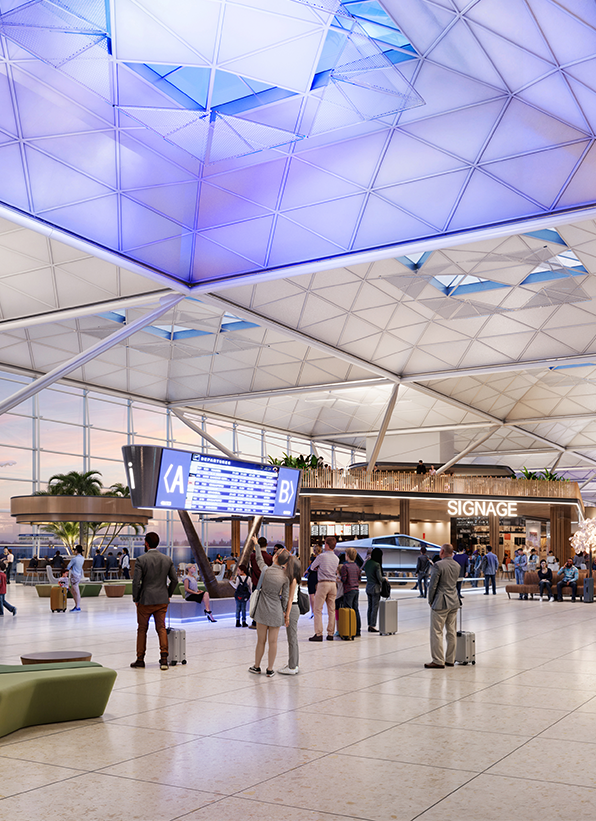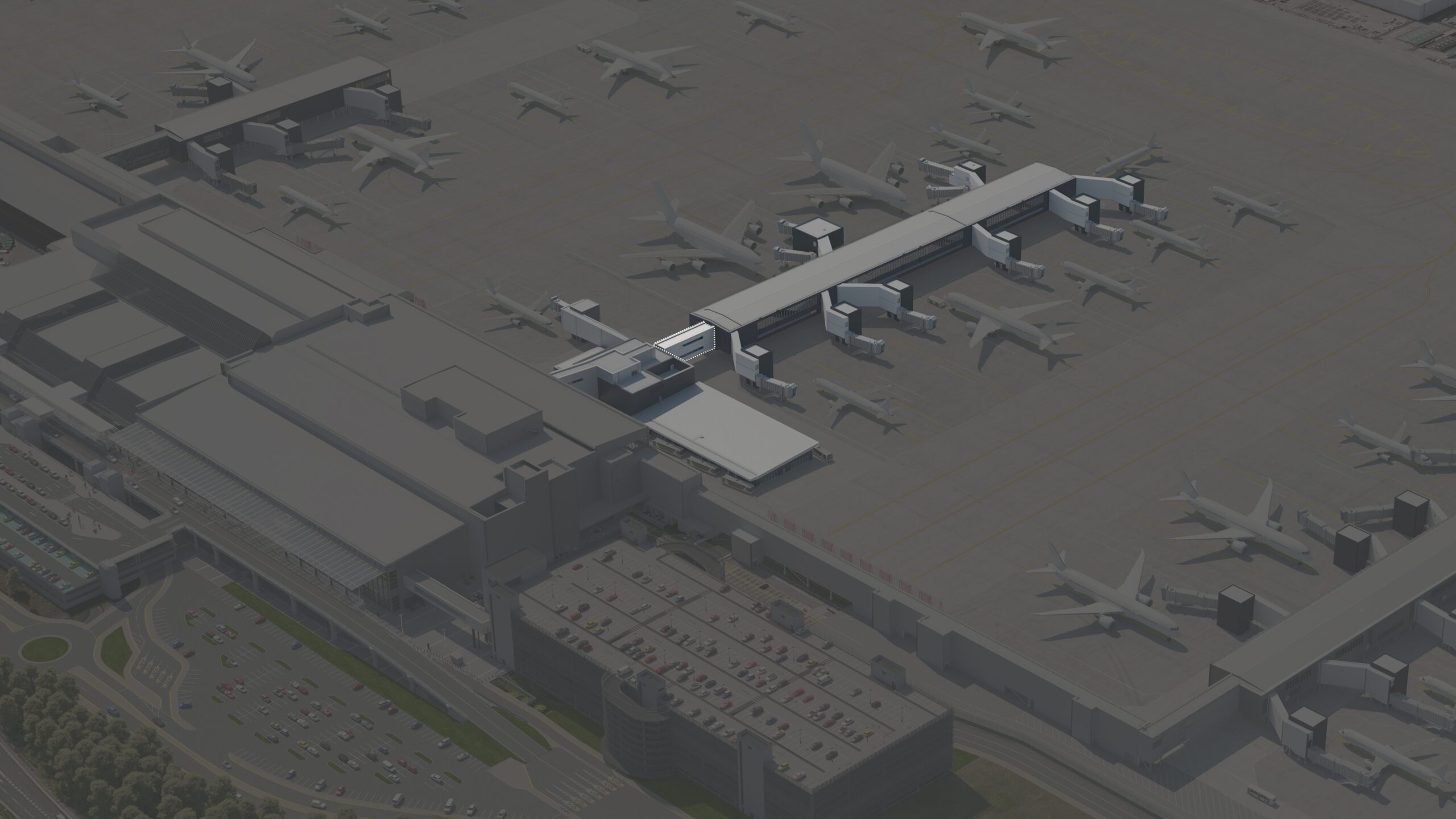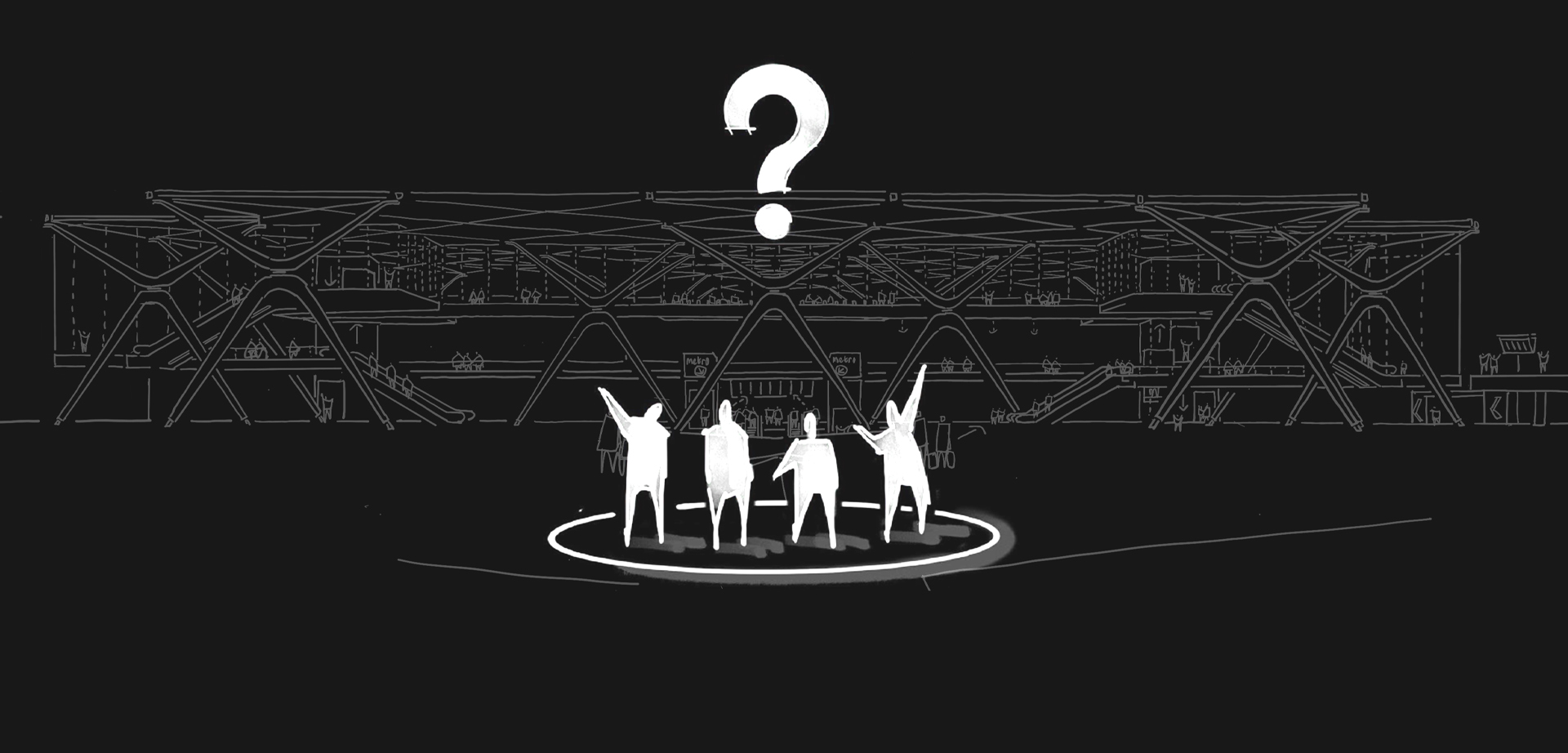Airports can “die” or cease operations for various reasons. Here are some common factors that can contribute to the decline or closure of airports:
– Economic factors: Changes in the economy, such as recessions or shifts in industry, can significantly impact air travel demand. If an airport serves an area that experiences a decline in economic activity or loses key industries, it may struggle to attract enough passengers and airlines to sustain operations.
– Competition: Proximity to other airports can impact the viability of an airport. If a larger or more convenient airport opens nearby, it may attract airlines and passengers away from the older or less well-equipped airport, causing a decline in traffic and eventually leading to its closure.
– Infrastructure limitations: Outdated or inadequate infrastructure can make an airport less attractive to airlines and passengers. If an airport lacks modern facilities, runway expansions, or the capacity to handle larger aircraft, it may become less competitive and lose business over time.
– Environmental factors: Environmental concerns can also impact airports. For example, noise pollution can lead to increased restrictions on flight operations, limiting the number of flights an airport can accommodate. Similarly, if an airport is located in an ecologically sensitive area, it may face challenges in expanding or modernizing its facilities.
– Political and regulatory factors: Government regulations, changes in policies, or political decisions can affect airports. For instance, a government may decide to consolidate air traffic to fewer airports as part of a national aviation strategy, leading to the closure of smaller regional airports.
– Demographic changes: Shifts in population patterns or urban development can also affect airports. If an airport serves a region where population and economic activity decline or relocate, it may lose its customer base and struggle to sustain operations.
It’s important to note that while airports can face challenges, closure or “dying” is not always the outcome. In some cases, airports may undergo restructuring, modernization, or repurposing to adapt to changing circumstances and remain operational.

Jorge specialises in delivering large-scale, complex projects across transport, commercial, and public sectors.
Since entering the industry in 2005, he has developed strong leadership and organisational skills, managing projects from design to completion. Jorge excels in coordinating stakeholders, ensuring quality control, and meeting client expectations. Passionate about mentoring, he supports the growth of junior team members while driving successful project outcomes.
“As a major contributor to global carbon emissions, the built environment needs to play a central role in the push to net zero through the adoption of more sustainable alternatives to traditional demolition and redevelopment. By preserving existing structures and repurposing materials, we minimize the need for energy-intensive demolition processes and reduce waste sent to landfills. This approach not only conserves valuable resources but also cuts down on carbon emissions associated with transportation and manufacturing of new materials.”
Jorge Gil - Associate






